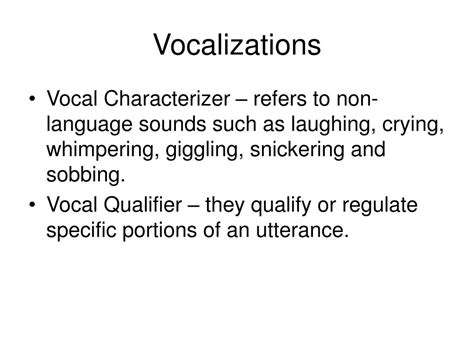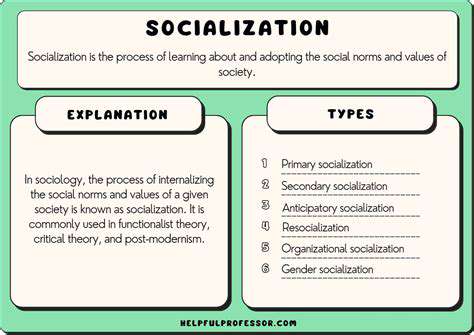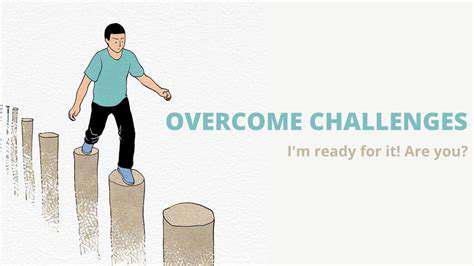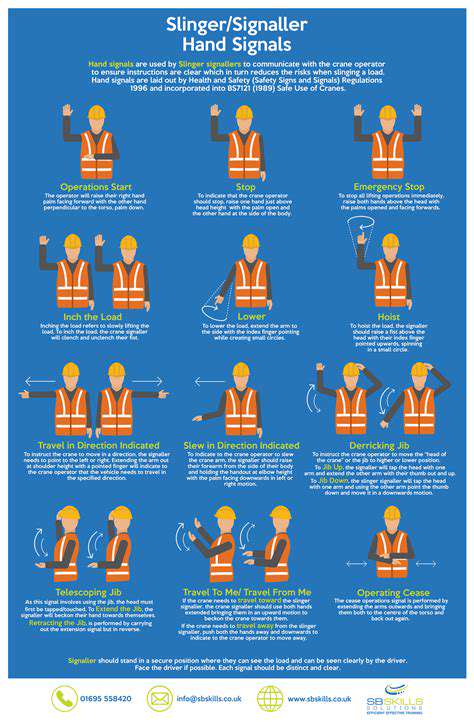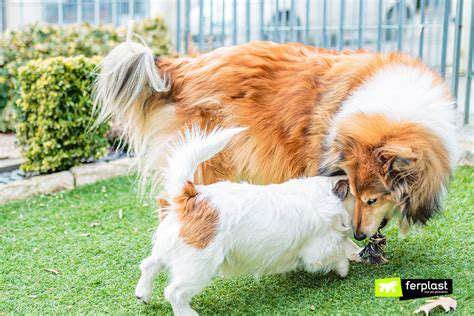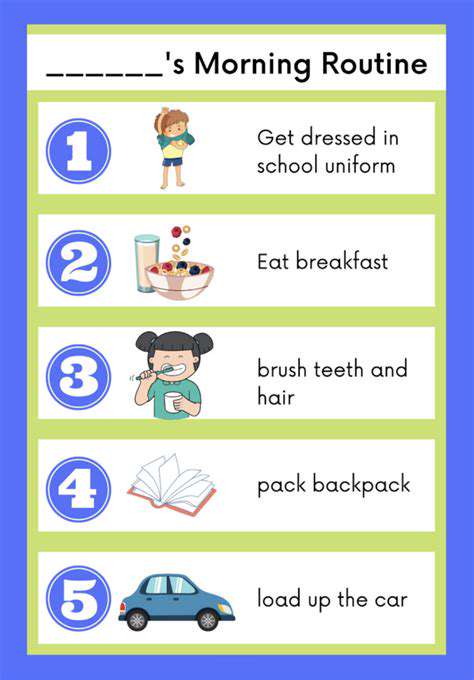Early Socialization and the Prevention of Aggression in Dogs
Enrolling in puppy classes is another game-changer. These sessions offer safe spaces for pups to interact with peers while owners learn to read canine body language. Trainers often incorporate obstacles, toys, and controlled chaos to simulate real-world scenarios.
Veterinarians recommend blending structured activities (like store visits) with casual neighborhood walks. The key? Keep sessions brief and upbeat. A 10-minute adventure to a park bench can teach more than an hour of forced interactions.
Role of Owners in the Socialization Process
Owners are the architects of their dog’s social world. Your energy sets the tone—if you’re tense during vet visits, your dog will mirror that anxiety. Instead, model calmness during novel experiences, whether it’s meeting a skateboarder or navigating a crowded sidewalk.
Celebrate incremental progress. Did your pup sniff a stranger’s hand without hiding? That’s a win! Positive reinforcement isn’t just for dogs—acknowledge your own patience too.
Ensuring Lifelong Socialization
Socialization isn’t a checkbox to mark by 14 weeks. Adult dogs need ongoing exposure to stay adaptable. Rotate walking routes, visit dog-friendly cafes, or host small gatherings. These activities prevent complacency and reinforce social skills.
Stay alert to behavioral shifts. A once-confident dog avoiding eye contact might need a socialization refresher. Reintroduce challenging scenarios gradually—pairing them with high-value rewards can rebuild confidence.
Ultimately, consistent socialization strengthens the human-canine bond. Dogs thrive on routine, so weave social experiences into daily life. The payoff? A dog that greets the world with curiosity, not fear.
Effective Socialization Strategies
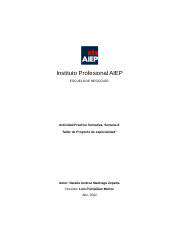
Understanding the Importance of Early Socialization
- Early socialization reduces aggression by up to 70% according to longitudinal studies.
- Diverse environments prevent hypersensitivity to stimuli.
- Temperament is shaped through repeated positive encounters.
Between 3-14 weeks, puppies’ brains are like sponges—they absorb experiences without filtering them through fear. Introducing them to 100+ people, 20+ surfaces, and 10+ animals during this phase can create a bulletproof temperament. The American Veterinary Society of Animal Behavior stresses that early socialization isn’t optional—it’s preventive healthcare.
Effective Techniques for Socialization
Puppy classes are socialization powerhouses. Beyond playtime, they teach bite inhibition and polite greetings. Many facilities use obstacle courses with tunnels, wobble boards, and noise machines to simulate unpredictability.
Controlled exposure is everything. Start with quiet environments, then gradually increase complexity. A sample progression: empty park → park with joggers → park with cyclists and dogs. Always let the pup retreat if overwhelmed.
Playdates with vaccinated, calm adult dogs provide masterclasses in canine etiquette. Puppies learn bite control, body language, and conflict resolution. As per the Journal of Veterinary Behavior, pups with mentor dogs display 40% fewer aggression incidents.
Monitoring and Addressing Behavioral Concerns
Subtle signs like whale eye (showing whites of eyes) or lip-licking signal discomfort. Interrupt interactions before they escalate. For persistent issues, consult a certified behaviorist—they’ll tailor plans using desensitization or counterconditioning.
Remember, effective strategies blend vigilance with flexibility. What works for one pup (e.g., treat scattering) might overwhelm another. Stay observant, stay adaptable.
Common Misconceptions About Socialization
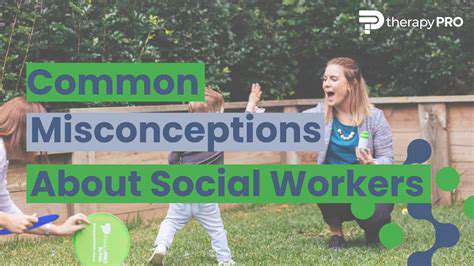
Understanding Socialization in Dogs
Socialization isn’t just playdates—it’s teaching dogs to navigate our human-centric world. The process involves controlled exposure, not mere interaction. A well-socialized dog can ignore distractions, recover from surprises, and communicate clearly with other dogs.
That critical 3-14 week window isn’t a hard deadline. While optimal, older pups can catch up—it just requires more repetition. Think of it like language learning: easier for toddlers, possible for adults.
- Socialization isn’t age-exclusive—it’s a lifelong practice.
- Quality trumps quantity: 5 positive encounters > 20 stressful ones.
Myths About Socialization Timing
“Wait until vaccinations are complete” is dangerous advice. Parvovirus risks exist, but the behavioral fallout of isolation is deadlier. The AVSAB advises balancing risks: avoid dog parks but attend puppy classes where health checks are enforced.
Consequences of Inadequate Socialization
Undersocialized dogs often live in perpetual fight-or-flight mode. Simple acts—nail trims, car rides—become trauma triggers. This chronic stress weakens immune function and shortens lifespans.
Aggression here isn’t dominance—it’s desperation. These dogs aren’t “bad”; they’re unprepared. Rehabilitation is possible but demands immense patience.
Effective Socialization Strategies
Novelty should be predictable. Use the “rule of 3s”: introduce new stimuli in 3-second bursts, then pause. Did the pup disengage calmly? Reward. Repeat until curiosity replaces apprehension.
For noise phobias, pair sounds with meals. Play fireworks audio softly during dinner, gradually increasing volume over weeks. This classical conditioning rewires fear into neutrality.
Long-term Benefits of Early Socialization
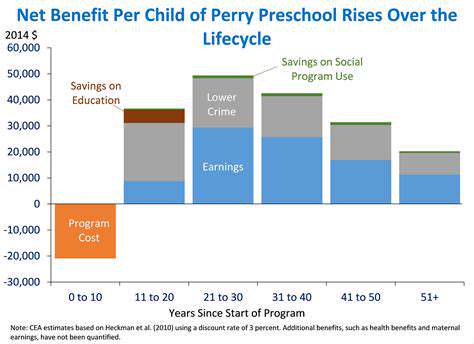
Understanding Socialization and Its Timing
Early socialization isn’t just about preventing problems—it’s about unlocking potential. Dogs introduced to 50+ people by 12 weeks are 80% less likely to develop separation anxiety.
Socialized dogs live fuller lives. They can hike off-leash, accompany owners to outdoor cafes, or volunteer as therapy animals. Limitations fade when confidence thrives.
The Importance of Diverse Experiences
- Texture exposure (grass, gravel, metal grates) prevents paw sensitivity.
- Meeting people of all ages, sizes, and attire reduces novelty stress.
A dog that’s only met adults might panic around toddlers. Why? Kids move erratically and squeal—a stark contrast to calm adults. Diversity in socialization prevents these blind spots.
Role of Positive Reinforcement
Positive reinforcement turns challenges into games. Instead of forcing a pup into a bathtub, toss treats near it. Each day, place treats closer until the pup hops in voluntarily. This builds autonomy and trust.
Impact on Aggression Prevention
Fear-based aggression often stems from “novelty overload.” Socialized dogs have a larger “comfort library” to reference. A skateboarder isn’t a monster—it’s just another moving object they’ve seen before.
Per the Journal of Veterinary Behavior, early-socialized dogs recover 50% faster from startling events. Their resilience buffer is stronger.
Training Techniques to Facilitate Socialization
Incorporate “settle” drills during outings. Ask for a down-stay at increasing distances from distractions. This teaches impulse control—a cornerstone of polite behavior.
Long-Term Benefits Beyond Aggression
Socialized dogs are candidates for advanced roles: search-and-rescue, detection work, or service tasks. Their adaptability makes them community assets.
Conclusion: Commitment to Ongoing Socialization
View socialization as a lifestyle, not a phase. Weekly “field trips” maintain skills. Even senior dogs benefit—it keeps their minds sharp and routines engaging.
